What Is Glycemic Index | Food List With Glycemic Index
- What Is The Glycemic Index?
- The Science Of Glycemic Index
- Characteristics Of Foods That Affect GI Value
- Complete List Of Foods With GI Values
- Five Suggestions To Lower The GI & GL In Your Diet
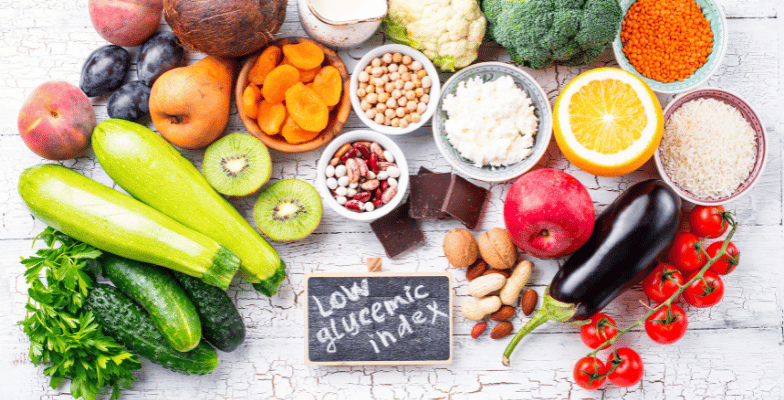
Not all carbohydrates are created equal. Different carbohydrate-containing foods affect blood sugar differently. The glycemic index is a measure that analyzes the effect of a given carbohydrate-rich food.
What Is The Glycemic Index?
The Glycemic Index (GI) is a measure that ranks carbohydrates in foods according to how they affect blood glucose levels. A numeric value from 1-100 is assigned to each carbohydrate-rich food, with glucose (sugar) assigned a value of 100.
The GI system divides carbohydrate foods into three categories.
Low GI Foods- 55 Or Less
Medium GI Foods- 56-69
High GI Foods- 70+
Foods with a low GI value (55 or less) are more slowly digested and absorbed, causing a slow rise in blood glucose. Less insulin is needed to combat this gradual rise in blood sugar. Some examples of low-GI foods are whole milk, barley, oats, berries, and beans.
Foods with a medium GI value (56-69) cause a medium rise in blood sugar, and a proportionate amount of insulin is released to combat this rise in blood sugar. Some examples of foods with medium GI are pasta, potatoes, and brown rice.
Foods with a high GI value (>70) tend to get absorbed quickly, causing a faster rise in blood sugar with more insulin released to combat this sudden rise. Examples of foods with a high GI value are white bread, white rice, most breakfast cereals, candies, and cakes.
The Science Of Glycemic Index
A great analogy to explain the concept of GI is this.
Imagine what happens when it drizzles and when it pours. Gentle rain or a drizzle allows a garden or rain harvest to utilize the rainwater better. The water level does not rise, and there is no flooding.
The same effect happens when you eat foods with a low GI value. Sugar is digested and absorbed in the body slowly, leading to a gradual increase in blood sugar, which the body can use better. On the contrary, think of a time when it pours. There are floods, and most water is wasted and runs off to drains. Only a small percentage gets utilized!
When you eat foods with high GI values, your body digests and absorbs them quickly, causing a sudden rise in blood sugar levels, and your pancreas must pump large quantities of insulin to combat it.
Insulin is a hormone that helps get blood sugar (glucose) from the blood to the cells. Over time, when you eat more refined carbs and your body pumps out a lot of insulin, the cells in your body start to resist it. This increases the probability of becoming insulin resistant, potentially leading to type-2 diabetes.
Scientific Evidence That The Concept Of GI Works
A 2019 systematic review and meta-analysis by Mohammad Ishraq Zafar et al., titled Low-Glycemic Index Diets as an intervention for Diabetes, looked at 54 randomized controlled trials in both adults and children.
The analysis concluded that low GI diets effectively reduced fasting glucose, total cholesterol, and BMI, suggesting these diets are useful for people with pre-diabetes (insulin resistance) and diabetes. 1https://academic.oup.com/ajcn/article-abstract/110/4/891/5543221?redirectedFrom=fulltext
Other high-quality studies and reviews in the past decade suggest that eating a low GI diet can lessen the risk of diabetic complications and increase life expectancy. 2https://pubmed.ncbi.nlm.nih.gov/19160276/ A low GI diet is also useful for people with no medical issues in keeping their blood sugar normalized and as a weight loss intervention. 3https://pubmed.ncbi.nlm.nih.gov/25527674/, 4https://pubmed.ncbi.nlm.nih.gov/24910231/
Now you may be wondering what qualities or characteristics affect the GI value of carbohydrate foods! Let’s discuss the five most important ones.
Characteristics Of Foods That Affect GI Value
1) Amount Of Fiber
The fiber in a given carbohydrate food protects that food from attack by digestive enzymes in the stomach and small intestine. This slows the digestion process.
2) Level Of Processing
Fiber is removed from refined and processed foods rich in carbohydrates. Most breakfast cereals, sweets and foods like candies, biscuits, and cakes have no (or very little) fiber because of processing. Therefore, these foods have a higher GI value.
3) Added Sugars
Sugar is empty calories, and glucose molecules have the highest GI value, i.e., 100. Packaged or processed foods with added sugars, like cakes, pastries, and sugar-sweetened beverages, will have a very high GI value too!
4) Method Of Cooking
When you cook a food rich in carbohydrates, its starch swells and softens; this accelerates digestion, thereby increasing the food’s glycemic index. For example, the GI of fusilli pasta is 45. But when you boil it for 10-15 minutes, its GI increases to 61.5http://www.glycemicindex.com/foodSearch.php?ak=list&food_name_search_type=cn&food_name=pasta&gi_search_type=lte&gi=&gl_search_type=lte&gl=&country=&product_category=&lop=AND&find=Find+Records&page=1
Similarly, if you bake a sweet potato for approximately 45 min, its GI becomes a whopping 94! But if you boil it for 30 minutes, the GI is increased to just 61. By the way, a raw sweet potato has a GI of 44.
Another fact to note is there are many types of sweet potatoes grown around the world. They vary in color, i.e., purple, orange, etc. Different varieties have different GI values.
Processed foods like bread and cereals also have varying GI levels based on the method of processing. Different brands of the same type of food have different GI values as well. Honestly, it can get very confusing.
Don’t worry, though. At the end of this article, I’ll suggest ways to take advantage of GI and GL (glycemic load, which we will discuss in just a while) to keep yourself healthy!
5) Fat And Protein Content
In the previous point, we discussed that if you boil or bake a given food, its GI increases. Boiled fusilli pasta has a GI of 61. But we eat our meals by combining different types of foods!
For example, for your pasta dinner, you might add cheddar cheese and perhaps some canned tuna with it. You’ll be happy to know that the addition of cheese and tuna slows the gastric emptying of this meal, and overall the GI of the meal is reduced to 27!
So, it’s a good idea not to eat carbohydrates by themselves!
Limitation Of Glycemic Index
The GI measure can only suggest how high blood sugar will rise when you eat a given carb-rich food. However, it does not tell us how long the blood sugar will remain high. This is where the concept of glycemic load comes in.
What Is Glycemic Load (GL)?
According to Wikipedia,
The glycemic load (GL) of food is a number that estimates how much the food will raise a person’s blood glucose levels after eating it. One unit of glycemic load approximates the effect of eating one gram of glucose.
Glycemic load combines both the quality and quantity of a given carbohydrate food. The formula for Glycemic Load is as follows
GL= (GI x the amount of carbohydrate) / 100
Let’s compare two foods varying in serving size and GI values to understand GL.
Banana (ripe): If the GI of a ripe banana is 50 and a given serving has around 25g of carbs, then
GL= (50 x 25) /100= 12.5g
Small Baked White Potato: A baked white potato has a GI of 78. Let’s say you choose a small one with around 20g of carbohydrates.
GL= (78 x 20) /100= 15.6g
You can see that even for a smaller quantity, a potato will have a greater metabolic effect on blood sugar levels than a banana with more carbs in it.
Another example is watermelon. Even though it has a high GI of 78, a serving size of 120g has only 6g carbohydrates, which means its GL is only 4.68g!
The GL of a given serving size of a carbohydrate food can also be categorized as:
Low- GL < 10
Medium- GL 11 – 19
High- GL 20+
Complete List Of Foods With GI Values
Below is a chart of some common foods rated according to their GI values
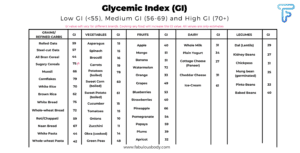
Now that we understand the concepts of GI and GL, let me provide you with five key suggestions to help you lower both.
Five Suggestions To Lower The GI & GL In Your Diet
1) Select Foods That Have A GI Of 55 Or Less
Including foods with a low GI will surely help keep your sugar normalized. At the same time, it’s ok to include a few medium GI foods. Just ensure that you combine most carbohydrate-rich foods with proteins and healthy fats for optimal results.
Speaking of glycemic load, it’s best to keep your carbohydrate intake close to 40% of your total calorie intake.
Managing the macronutrient ratio of your or your client’s diet is a topic for some other day, but for now, just know that you have to earn your carbs! Think of them as high-octane fuel that should be burned with regular moderate-to-high-intensity training!
2) Replace Refined Or Processed Grains With Whole Grains
This means switching to brown rice and whole wheat bread. It’s also a good idea to eat oats or quinoa instead of sugary cereals, which have a very high GI value.
3) Minimize (Ideally Eliminate) All Sugary Beverages Like Fruit Juices, Soft Drinks, Sugar-sweetened Iced Teas, Etc.
Ideally, replace them with healthy zero-calorie beverages, like black coffee, ginger tea, apple cider vinegar, moringa tea, green tea, etc.
4) Reduce Your Intake Of Sweet Snacks Like Biscuits, Pastries, Cakes, Donuts, Indian Sweets, Pizza and Burgers
If you have to eat them, opt for their healthier versions, like whole wheat digestive biscuits, homemade pizza, burger buns made from whole wheat flour, and so forth.
5) Combine High GI Foods With Proteins And Healthy Fats
Combining proteins and healthy fats with high-GI foods can slow gastric emptying leading to an overall low-to-moderate GI value of the meal. So, if you just cannot quit eating white rice, it’s best to combine it with tofu or kidney beans and include healthy fats like ghee to reduce the GI value of this meal.
What do you think of this article? Have any questions? Let me know in the comments below!

Skill-Based Education.
Global Recognition.
Powerful Community Building
Secure a certificate of completion in as little as a day by graduating from one of our free courses.
Get Access to Our Free Courses. No Credit Card Required.

Fabulous Body Membership
Your All-Access Pass to A Fabulous Body & A Rewarding Career
25+ Certificate Courses & Programs, All Included
15 Day Free Trial, 100% Money-Back Guarantee
About Akash Sehrawat
Akash is a creator of 25+ programs and certificate courses in which more than 200,000 students have enrolled both on Udemy and Fabulous Body's native platform. Akash is also an author of three books that can be found on Amazon. His answers on Quora have gathered more than 12 million views in less than a year.







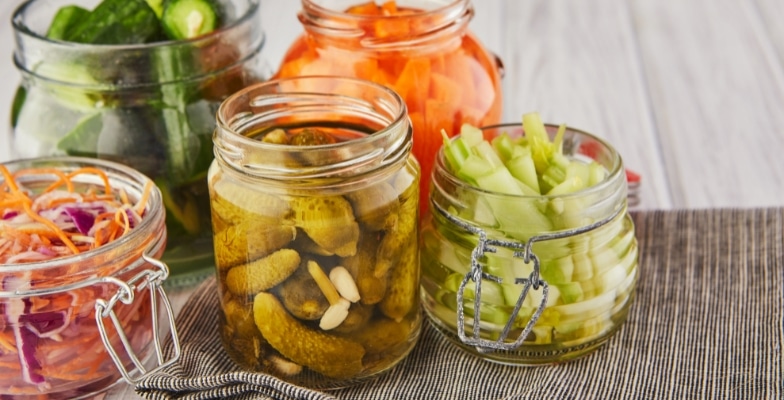
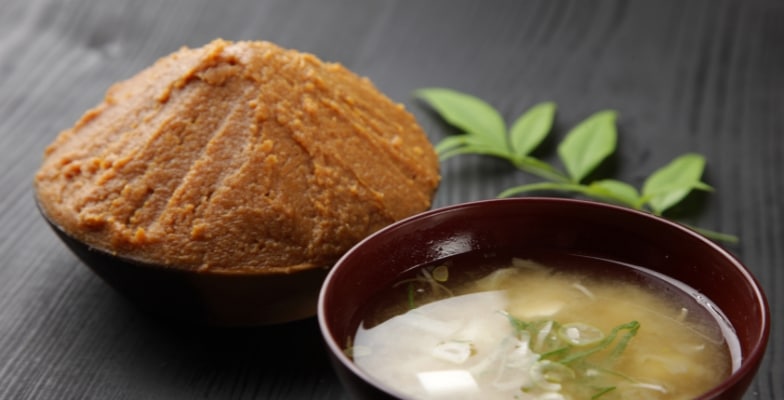
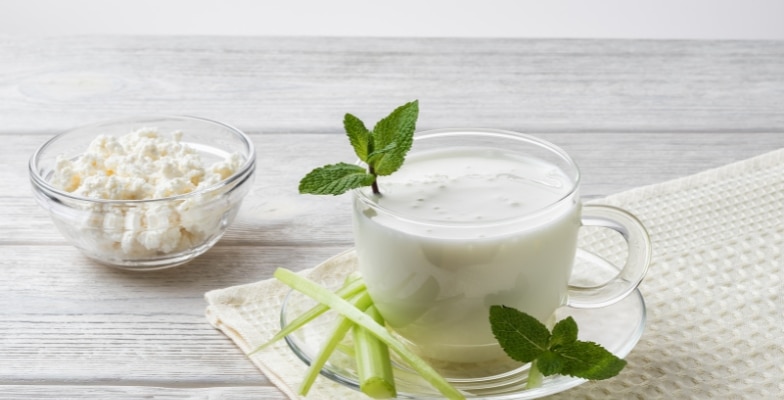

Hi Akash,
The topic about Glycemic index is very useful, i have one doubt on it, If we eat a white rice for breakfast which is having high GI i think it will digest quickly because we are working along full day.
So can please provide the feedback for the above concern.
Hello Saravanamani, Yes foods high in GI like white rice will digest quickly and cause a rapid rise and subsequently a sudden drop in blood sugar. Which means you will feel hungry within just a few hours of eating your white rice breakfast. A solution to this (if you cannot avoid white rice) is to increase the overall GI of your breakfast by adding high-quality protein and healthy fats to it. Like dal, beans, ghee/coconut oil, etc. Hope this helps!
Hello Sir,
This article gives enough information about GI. Help a lot.
I have a question, One of my family member is having high sugar levels(he got it at 30 yrs). suddenly it’s increasing (till 1 year count was below 200 then now it’s crossing 200) and he controls his diet as well.
mealtime – Roti and bit of white rice, dinner will be ragi ball or roti. no sweets, beverages, etc
So, Could you please provide your valuable feedback to my concern.
Thanks,
Lakshmi
Hey Lakshmi,
I am not a medical doctor and outs outside my scope of expertise to help anyone with a medical issue. I can suggest is to lower the carb intake to no more than 100g/day and focus mostly on complex carbs like roti, brown rice etc. Fruits are fine but its best to limit it to 1-2 units daily.